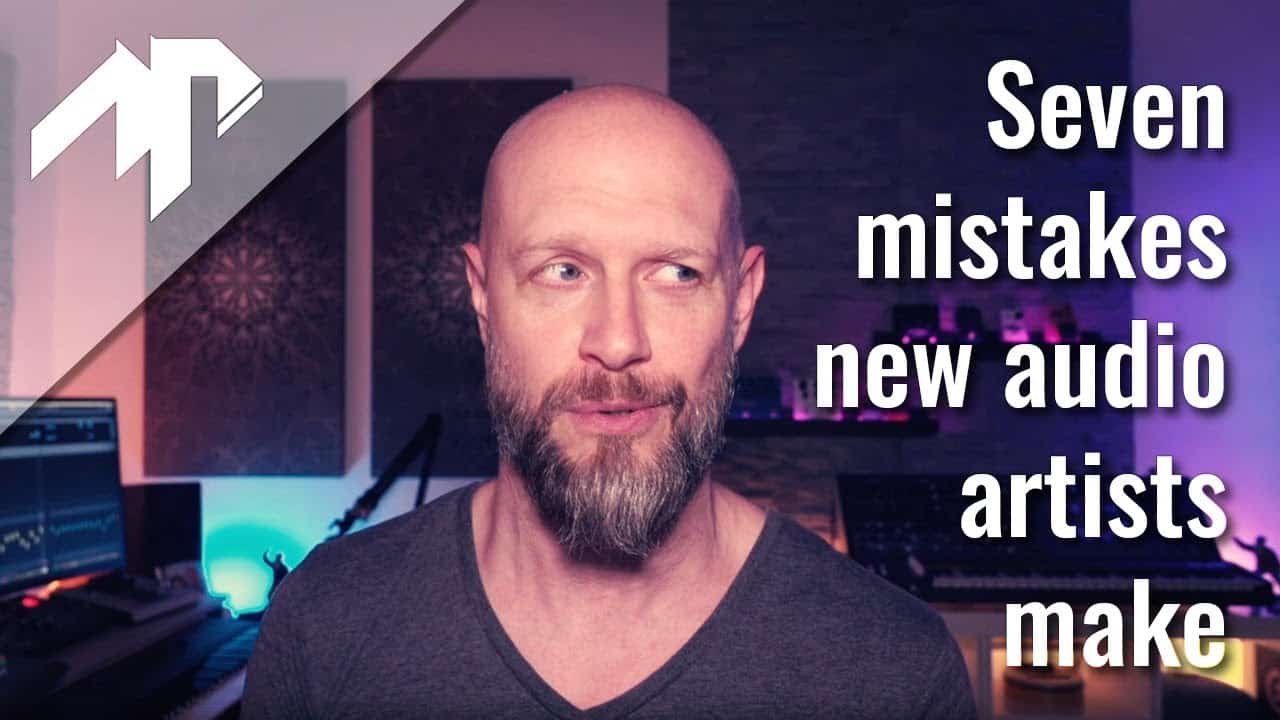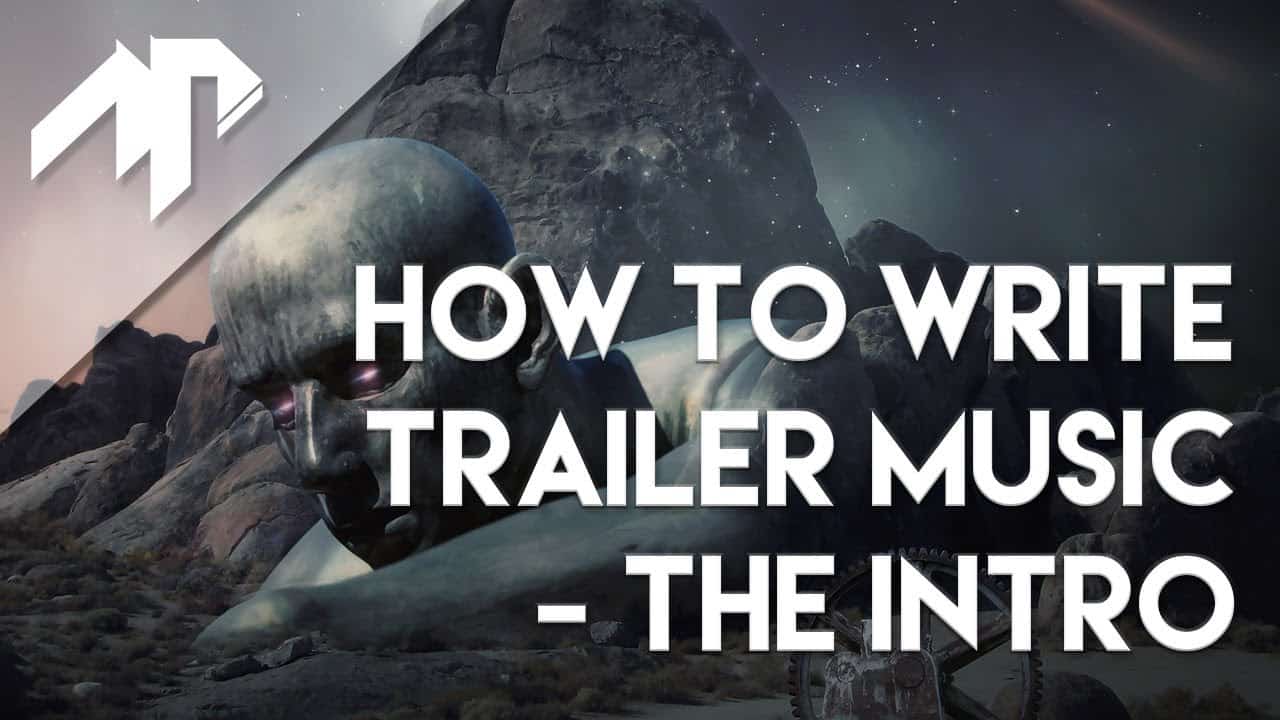Underbelly Shares Process of Making a Track
Ableton’s new video series Made in Ableton Live follows a range of artists in the process of making a track. Each video focuses on one artist and the different approaches they have to produce, from beat-making and vocal processing to sound design.
Underbelly
Underbelly structures his track composition around different energy levels. The organization is key as he shows us how he builds Instrument Racks and navigates his library, but equally important is the sound design involved in making a killer bassline.
Whether it’s handy signal chain shortcuts or inventive ways to route audio, these videos are full of useful insights into some of the many different ways you can make a track.










